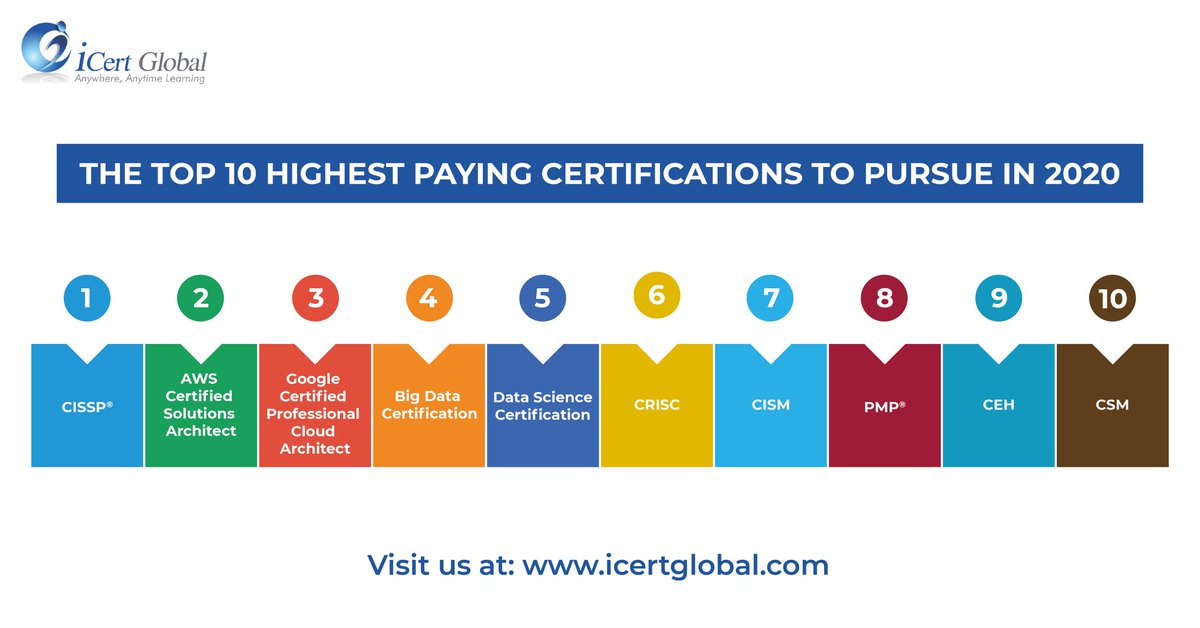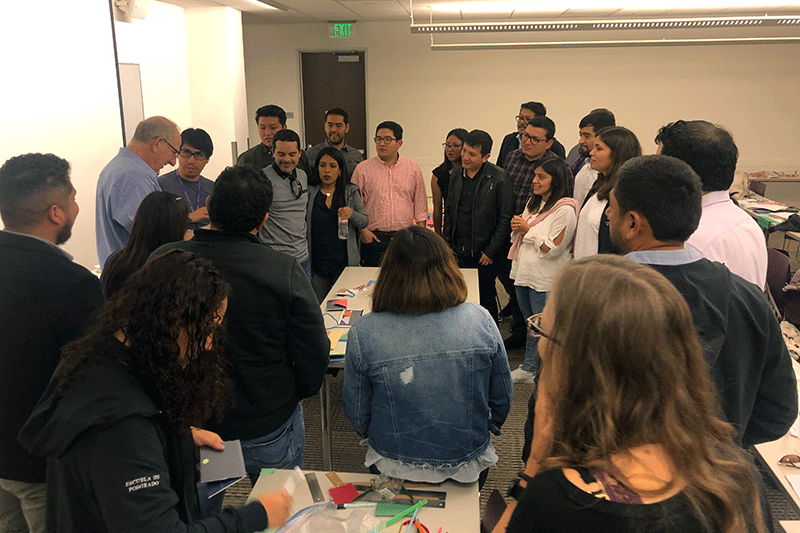
SAS can be daunting if you are unsure where to begin. Luckily, there are several ways to learn the basics of the Statistical analysis system. This article will show you three excellent ways to learn SAS: through video tutorials, self-paced courses and in-person classes. Additionally, you will find the best methods to learn SAS's statistical modeling and statistical analysis functions.
Statistical analysis software
A statistical analysis software is a computer program designed to do data analysis. It is available in many formats and can be used for a variety purposes. Natural and social scientists are the most common users, while businesses can use this software for operations research, project management, and business intelligence applications. Many systems offer both graphical and command line interfaces that allow users to manipulate data in many ways. While most provide both interfaces, some systems allow users to access the same features through either interface. CLI (commandline interface) is also available for users to create their programs. Developing a program using the CLI will allow them to easily replicate the analysis they perform.

You can learn at your own pace
SAS programs are used in many industries. It is important to have the right tools to succeed. You will be able to perform a variety of analyses and create them. Data manipulation, statistical models, report writing, and more will be covered. According to the MONEY and most recent payscale studies, 85% of employers are looking for SAS-skilled candidates. You should also keep abreast of new technologies and software.
Video tutorials
Video tutorials can be helpful for beginners learning SAS. You will find many resources on the Internet that can help you get started. This includes official SAS video tuts. There is also a community on SAS's official website where you can ask questions and get answers. Be aware, however, that not all of these are equal. The one that is most suitable for you and your skill level should be chosen.
Statistical modeling
Statistical modeling is an essential skill for applied statisticians. This course will help you develop statistical models that link a response variable with explanatory variables. Examples of this type of study are medical experiments, which seek to relate the outcome of a patient to the type of treatment given, or to a range of background variables. They will be taught how to test and construct linear models and how to extend them. Students should choose a statistical modeling course that places a strong practical emphasis.

Validation
SAS offers several data validation training courses. These courses are intended to help you verify the integrity of your data. This training is also useful for new installations, upgrades, or promotion to the production server. You will also learn how to combine SAS data and apply statistical procedures during these courses. The industry's top programmers and instructors will help you understand SAS and its application. In addition, you will get personalized attention by professors who are specialists in the subject.
FAQ
How long does a cyber-security course take?
Cybersecurity courses usually last six to twelve weeks depending on the amount of time you have. If you're looking for a shorter-term course, you might want to look into an online option like the University of East London Cyber Security Certificate Program. This program meets three times per weeks over four consecutive week. Alternatively, if you have several months free on your hands, then why not take advantage of the full-time immersive version of the program? This includes classroom lectures, assignments, and group discussions, all designed to give you a thorough grounding in cybersecurity. It is easy to budget because the tuition fee covers accommodation, meals, textbooks, IT equipment, and transportation. Along with learning the basics of cybersecurity from scratch students also learn practical skills such a penetration testing, network security, ethical hacking, incident response and cryptography. They also receive a certificate upon completion. As well as helping people get started with their careers in cybersecurity, the program has helped hundreds of students secure jobs in the industry after they graduate.
A shorter course can be completed in under two years. This is the best thing about it. You will need to put more effort if you want to continue your training. You will likely spend the majority of your time studying but will still need to attend regular classes. The course may also include topics such as vulnerability assessment and digital forensics. If you choose to take this route, you'll need to devote up to six hours per day to your studies. It is also important to show up for scheduled meetings. These can be held in person or online using platforms like Skype, Google Hangouts, and other similar tools. These meetings may be mandatory, depending on where you are located.
The duration of the course will depend on whether it is a full-time, part-time, or hybrid program. Part-time classes tend to be shorter, so that you may only see half the curriculum. Full-time programs typically require more intensive instruction. Therefore, they are likely to be spread across multiple semesters. No matter what route you choose, ensure that the course you are interested in offers flexible scheduling options to fit your busy schedule.
Which IT course is the easiest to learn?
When learning how to use technology, the most important thing is to know what you are doing. If you don’t understand why you want to learn technology, you will not be able to recall anything.
You won't be able to understand the tutorials you find online if you don't have the right knowledge.
The best way to learn is by using real-life examples. It's a great idea to test the software yourself while you work on a project. It's possible to discover things about the software you didn't know. This is where real-world experiences come in.
A great example of this would be Google Wave. It was originally developed by Google X. However, it wasn't released until they decided that it would be made public.
When people saw it, they immediately understood its purpose and usefulness. They knew they had to use it immediately.
If we had known nothing about Wave before that point, we probably wouldn't have tried it. We would have spent more time searching for tutorials than doing actual work.
Get started with your new career by taking advantage of YouTube videos or free tutorials. Once you've learned something useful, you will hopefully be motivated to search for more.
Google IT certificates can be used to obtain a job.
When applying to a job as an entry-level employee, it is essential that you have all necessary information. It's best to forget this information if it isn't. You'll just waste time searching for this information later.
In addition to filling out applications online, you should also ensure that you send them a copy of your resume and cover letter (if requested) along with any other supporting documents that are needed for the application.
It is better to send these documents electronically than by snail mail. Employers can keep track of all the information they require by submitting these documents electronically.
If there are any questions about what you've submitted, then it's best to ask them now instead of after you're rejected. This way, you won't spend valuable time chasing the employer who sent you an email asking why you haven't responded. It is better to know right away what you need to do to make things right.
Statistics
- Employment in computer and information technology occupations is projected to grow 11% from 2019 to 2029, much faster than the average for all occupations. These occupations are projected to add about 531,200 new jobs, with companies looking to fill their ranks with specialists in cloud computing, collating and management of business information, and cybersecurity (bls.gov).
- The United States has the largest share of the global IT industry, accounting for 42.3% in 2020, followed by Europe (27.9%), Asia Pacific excluding Japan (APJ; 21.6%), Latin America (1.7%), and Middle East & Africa (MEA; 1.0%) (comptia.co).
- The top five countries providing the most IT professionals are the United States, India, Canada, Saudi Arabia, and the UK (itnews.co.uk).
- The global IoT market is expected to reach a value of USD 1,386.06 billion by 2026 from USD 761.4 billion in 2020 at a CAGR of 10.53% during the period 2021-2026 (globenewswire.com).
- The median annual salary of computer and information technology jobs in the US is $88,240, well above the national average of $39,810 (bls.gov).
- The number of IT certifications available on the job market is growing rapidly. According to an analysis conducted by CertifyIT, there were more than 2,000 different IT certifications available in 2017,
External Links
How To
How to Become a Cyber Security Expert?
Cybersecurity is one the fastest growing fields. Cybersecurity experts are required to defend companies against online threats as more organizations adopt cloud computing and big data analytics, mobility solutions and virtualization.
There are two types:
-
Penetration testers-A penetration tester uses advanced hacking techniques and methods to detect vulnerabilities in the network infrastructure.
-
Network administrators: A network administrator configures routers, switches or firewalls.
This is why you must study both areas in order to be a cybersecurity expert. Here are some tips for becoming a cybersecurity expert:
-
Understanding the basics of network architecture and design is key to cybersecurity expertise. Learn about TCP/IP protocols and IP addressing. Also, learn about routing, segmentation, routing, subnetting and encapsulation. Learn more about wireless networks, VPNs (voice over internet protocol), cloud computing, and other new technologies.
-
Computer systems and applications: Next learn programming languages such C++, Python PHP ASP.NET JavaScript, JavaScript, and others. Then, learn operating systems such as Linux, Windows Server 2012 R2, Unix, Mac OS X, and iOS. Learn enterprise software, web services, databases, and mobile apps.
-
Make your own tools: You now know how to program and use various computer systems. These tools are used to monitor, test, and secure a company's networks and computers.
-
Be certified: You need to become a cybersecurity expert. LinkedIn allows you to search for organizations offering certification programs. There are many examples: CompTIA Advanced Security Practitioner (CAP), Certified Ethical Hacker (CEH), and SANS Institute GIAC.
-
A portfolio is a collection of projects that demonstrate your technical skills. This will help to land a job within cybersecurity. Freelancers are also possible.
-
Join industry associations. Joining industry associations can help you connect with cybersecurity experts and make valuable connections. Join, for instance, the Information Systems Audit and Control Association.
-
Search for opportunities. There are many IT service providers and IT consultants that offer cybersecurity jobs.
This post is a good place to start if your goal is to become a cybersecurity specialist. Good luck!